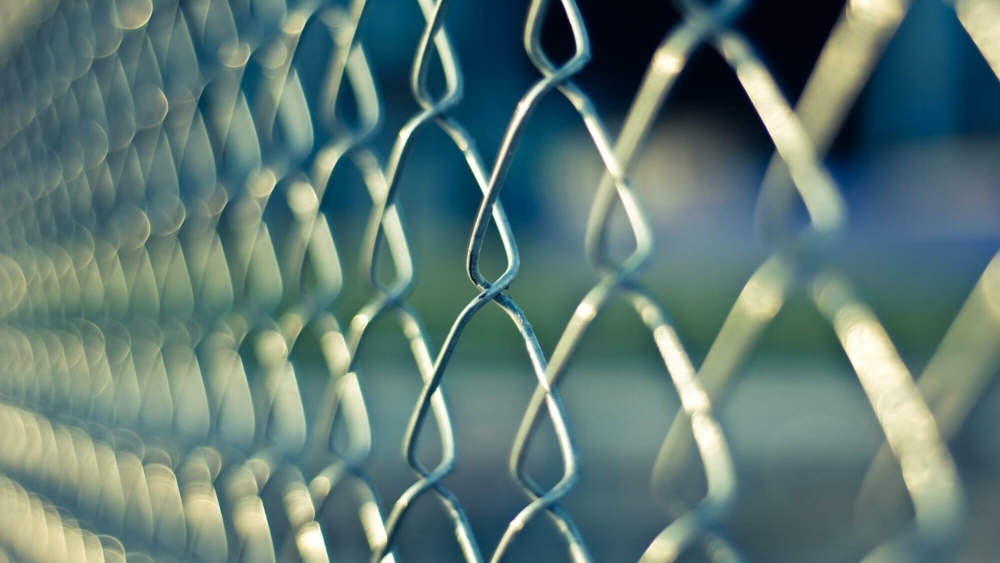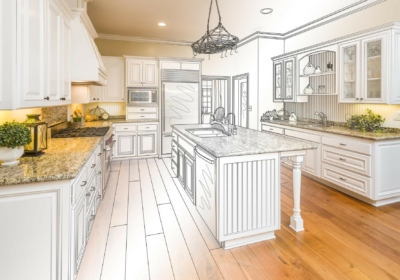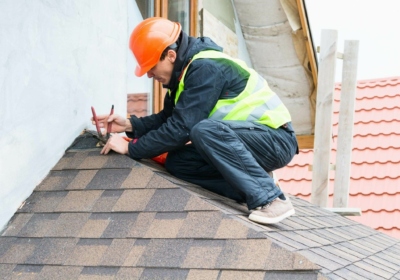While wood fencing dominates the residential landscape in the US, a recent study shows an upswing in the use of alternative materials lately.
The white picket fence and all it stands for is an icon of American culture. Yet, beyond aesthetic appeal, this type of fencing has limited uses.
Are you ready to explore alternative types of fencing materials, old and new, for your fencing project? Keep reading to find out what type of fence material is best for your home.
Classic Wood Fences
Wood fencing is one of the most versatile and affordable types of fencing. They create a homely feel, and you can vary the height and design considerably depending on your needs.
The taller the fence, the more security it adds to your home. The more closely, you space the planks, the more privacy you’ll enjoy.
Smaller fences are cheaper to install since they require less labor and materials. Different types of wood vary in price too, so you’ve got lots of options when it comes to finding a fence within your budget.
The major drawback of wood fencing is the high degree of maintenance needed to protect it from the elements. You must remove mold and dirt from your fence regularly, and coat it with a UV inhibiting, water-repellent finish every few years.
Wood fences aren’t as strong as other types of fences either.
Bamboo for Fences
Bamboo is a fast-growing plant and is thus considered a sustainable choice when it comes to wooden fencing.
You can choose from bamboo cane or rolled bamboo fences, or grow a barrier of live bamboo around your property if you choose. Live bamboo grows up to a foot a year, but it doesn’t thrive in cold climates.
Metal As a Fencing Material
Metals are among the strongest and most durable types of fences available. You’ll find several types of fencing materials to choose from in this category.
Wrought Iron Fencing
Wrought iron fences have been around for centuries. They’re a classic addition to any home with plenty of patterns and designs available.
To make the best of your wrought iron installation, it’s best to hire an experienced contractor who can custom-make a fence to suit the look and feel of your property.
This adds considerably to the cost of this type of fence, but they do boost your home’s curb appeal. You should maintain your wrought iron fence by sanding and repainting it every two to three years.
A well-maintained iron fence will last for decades and is exceptionally strong and weather-resistant when galvanized.
Aluminum Fences
Aluminum is an attractive, simple kind of fencing, but it’s also available in a wide range of styles. Unlike wrought iron and wood, aluminum’s a relatively maintenance-free choice of fencing.
If you decide to paint it, you’ll need to refresh this coating every few years to keep it looking its best. Aluminum’s a lightweight material and easy to install, so, you’ll save on installation costs, too.
The downside of aluminum is that it’s not a very strong material, so it’s not the best choice for a security fence.
Chain Link Fencing
Chain link fences are affordable and effective as a security barrier. They’re also practically invisible from a distance, so they’re an aesthetic choice if you like the view from inside your home.
That said, due to this transparent quality, chain link fences don’t add much privacy to your home.
If you want privacy as well as security from your chain link fencing, you can add privacy strips in almost any color to the design. Another option is to plant shrubs alongside your fence to block the neighbor’s view.
Contemporary PVC Fencing
PVC fencing is by far the cheapest way to fence your yard. These fences use PVC instead of wooden stakes and pickets.
Although these aren’t as strong as wood fences, they work well and last for many years due to their excellent weather-resistant qualities.
The posts usually consist of PVC sleeves over a wooden core, while the crossbars attach to the stakes with glue or screws. It’s easy to keep PVC fencing clean by spraying it with a garden hose when necessary.
Vinyl Fencing
You can get vinyl fencing in designs to mimic almost all types of fencing. It’s an expensive option, but it’s four times more flexible and three times stronger than wood fencing.
Vinyl fences resist paint, so it’s easy to clean graffiti off them, and they’re maintenance-free too. All it takes is a hose and some soap to keep them looking their best.
When you consider these perks, vinyl fencing works out cheaper than other types of fencing in the long run.
Electric Fencing Choices
Although electric fences are a good security option, they’re mainly used to keep dogs contained in residential settings. These fences use an invisible electric field that delivers a small shock to the dog’s battery-powered collar to keep them within a defined boundary.
Usually, homeowners dig a trench and place an electric wire inside it. A nearby wireless transmitter activates the wire when a dog approaches.
The dog collar produces a small sound to warn the dog as it nears the boundary and delivers an electric charge if the dog approaches too close.
Types of Fencing Materials For Farms
Most farmers use metal wire fencing material to keep livestock in defined areas or away from crops. Yet, there are some types of farm fences that might also suit the design of your home.
For instance, post and rail fences are a good-looking choice for a decorative fence and will keep large animals, like deer, out of your property.
Get Off the Fence
Have you made up your mind yet? With so many types of fencing materials available today, as well as customizable options, it’s easy to find the best fence for your home and budget.
If you’re the type of person who likes to research your options thoroughly before you commit to a home improvement project, you’re in the right place.
Our lifestyle section has plenty of detailed comparisons to help you decide, keep reading.







Recent Comments